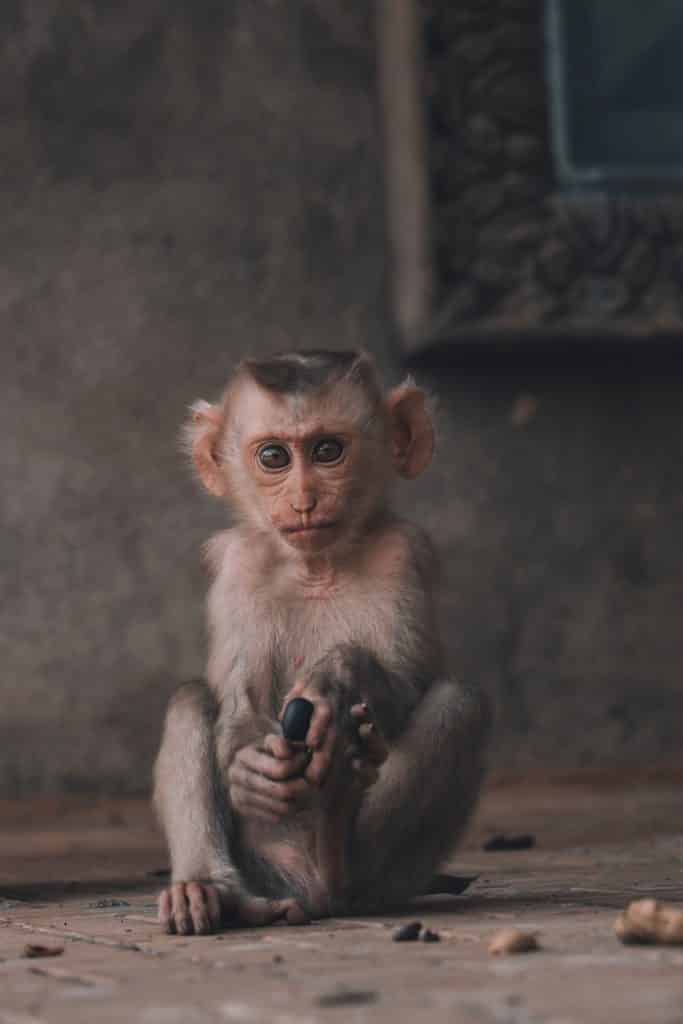
It’s a fact. Skincare brands, cosmetic products and household products with the cute “cruelty free” bunny logo are more likely to get snatched off the shelf than products without the logo. While some brands actually uphold a code of ethics and values, others may use the “cruelty free” stamp, simply as a marketing hype. Contrary to popular belief, there is no standard or legal definition for the term “cruelty free”, giving brands free reign to abuse the term to suit their personal agendas. Yikes.
In a grey area of vague claims and misleading play on words, here is why you should be cautious about “cruelty free”. Always, always, always cross check your sources and ask questions when things don’t seem right.
Here’s why you should be cautious about “cruelty free” stamps
#1
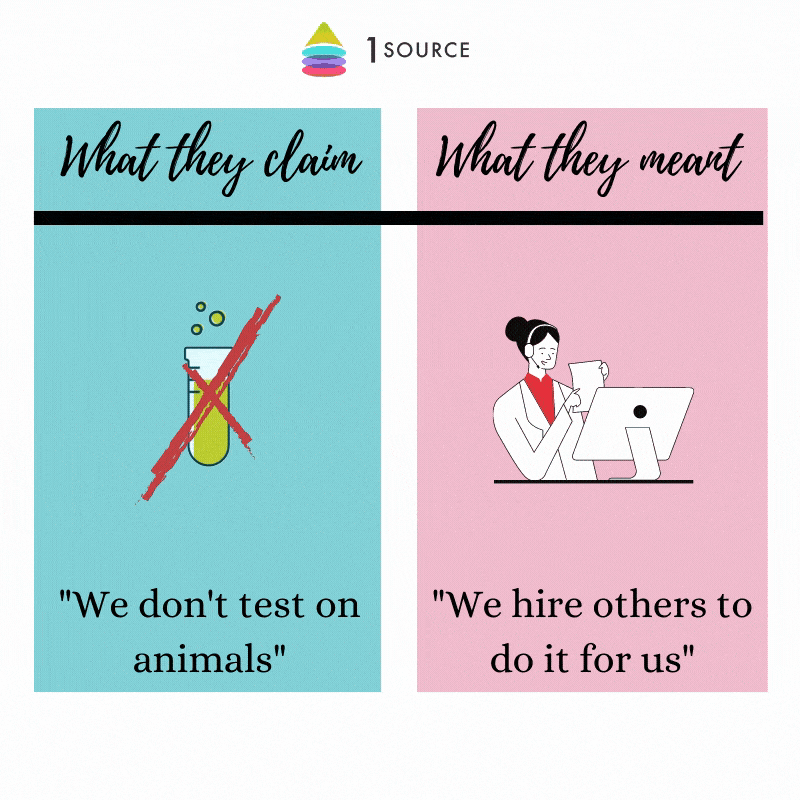
Businesses may claim they don’t test on animals, but engage in third parties to do the testing of products and/or ingredients for them.
The rationale is that the testings are being done by independent laboratories and has no ties to them, however businesses should take responsibility and ownership of how their products are produced and distributed.

#2
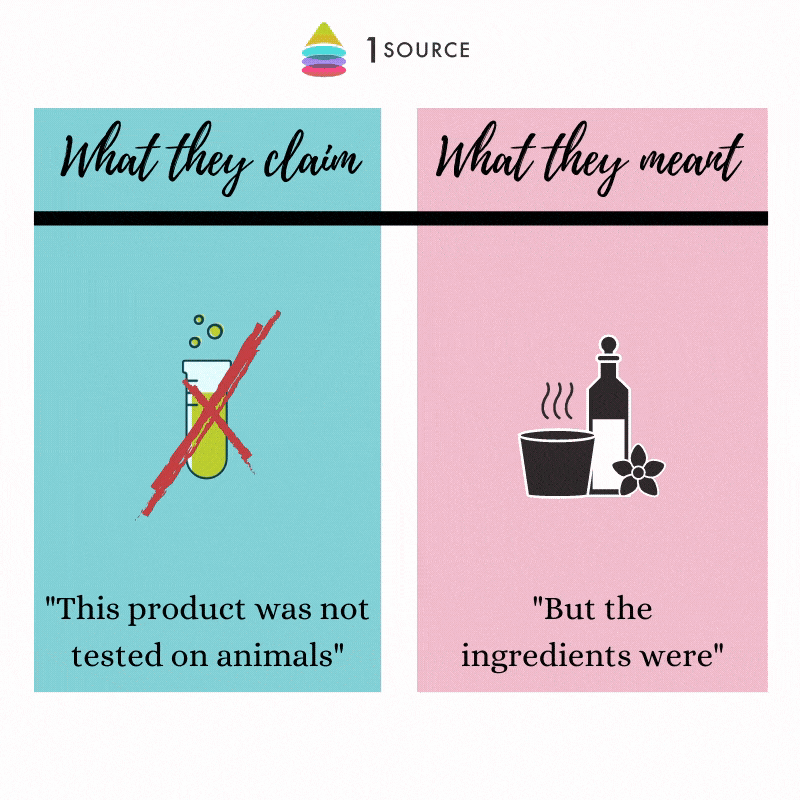
This play on words is a bald faced lie aimed to misguide consumers when the product is not tested but the raw ingredients were.
Most of the time, safety testings are done at an ingredient level. Just how many companies actually source raw ingredients and make their products from scratch? Most businesses engage suppliers to purchase raw ingredients hence, it is crucial that they confirm that the suppliers are cruelty free to ensure the legitimacy of their claim.
#3
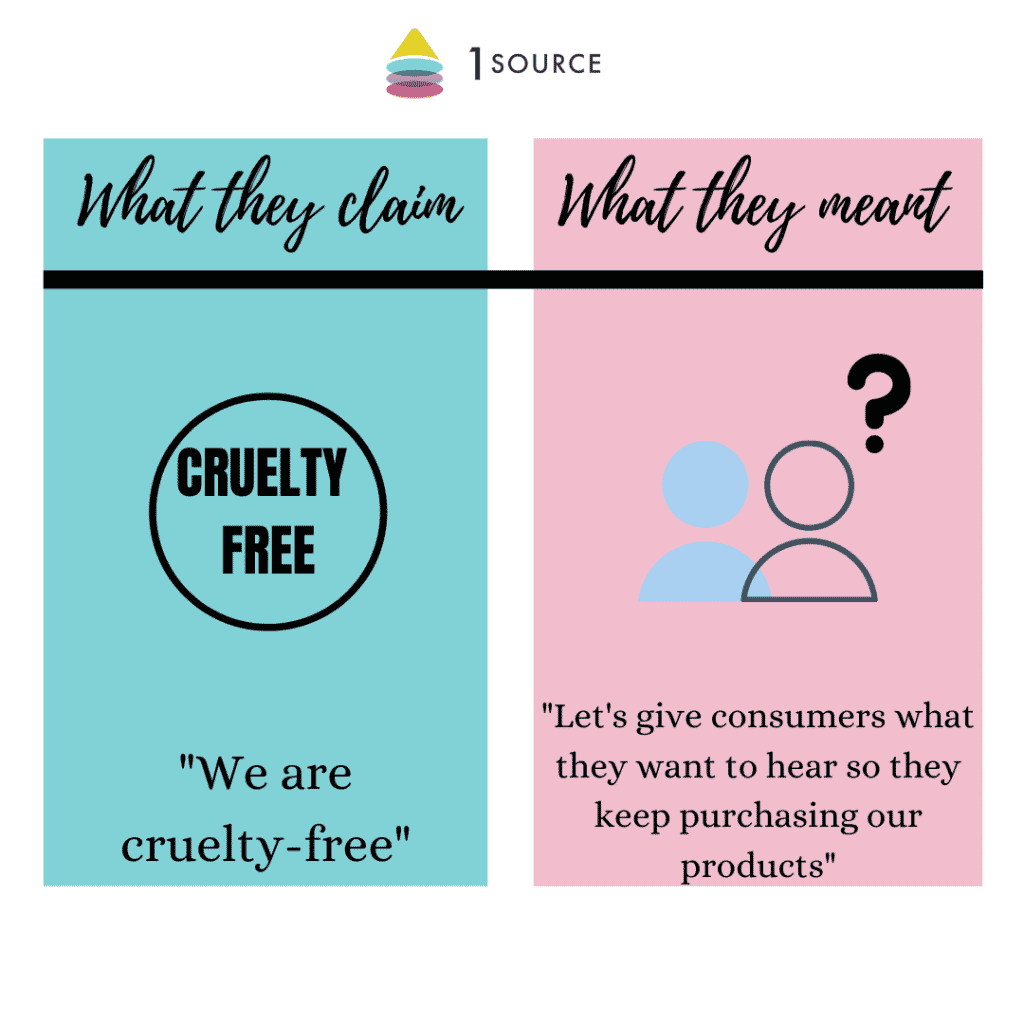
Companies often like claiming they are “cruelty free” simply because of the psychological effects it’ll have on its consumers.
In reality, the label has no standard or legal definition, allowing brands to openly abuse and use the label in order to suit their agendas without any legal consequences.

#4
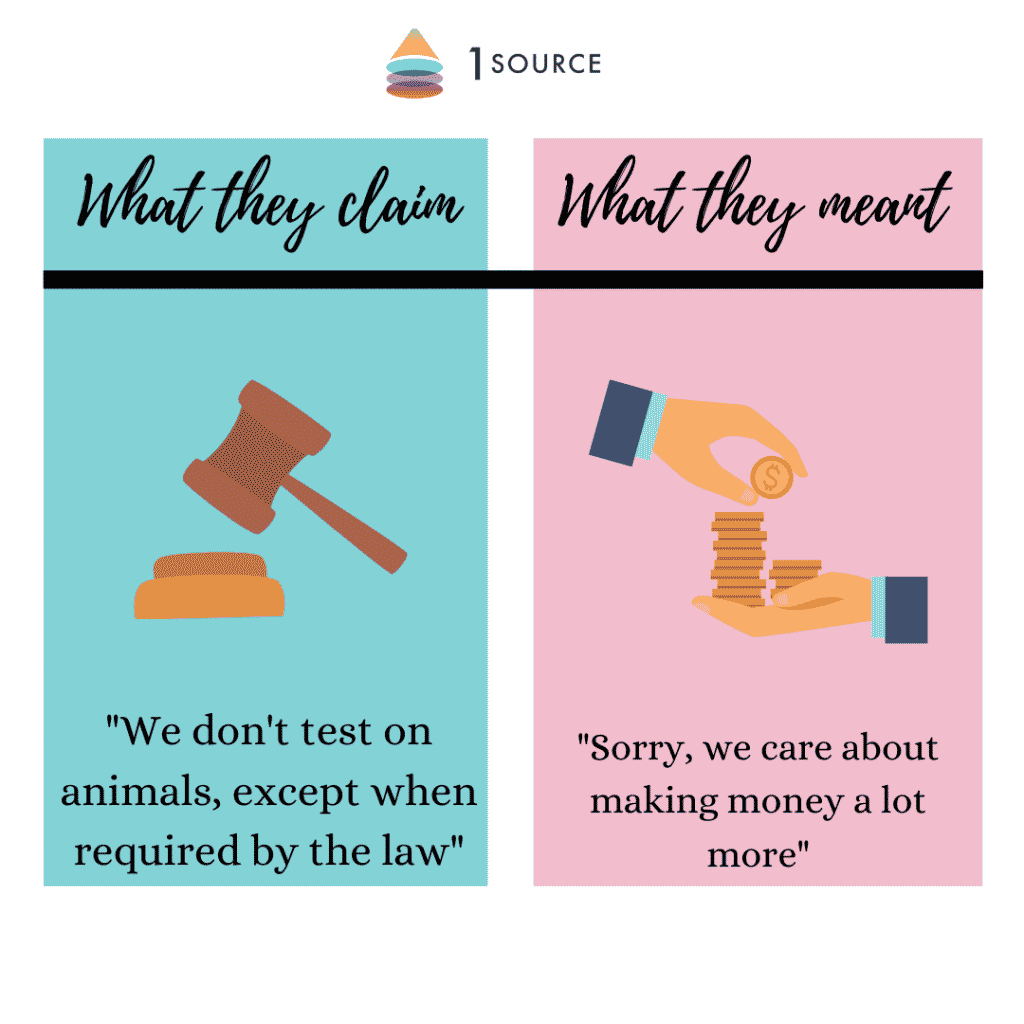
Companies may have strong stances and views for anti cruelty, such as “we don’t test on animals”, however, they follow up with a “except when required by the law”, painting the picture of animal testing as a unavoidable rule they may have to succumb to.
This play on words is very common for businesses who wish to enter China markets as it is a legal necessity for products to be tested on animals. Companies who wish to tap in to the China market should own up and be transparent about their market choice and decisions, instead of shifting the blame to third parties and independent laboratories.

Dilemma: Building a Cruelty Free Ecosystem
We’ve seen rapid change and awareness in businesses regarding animal cruelty within their productions, but not enough care for humans and the environment. It is crucial that the whole production chain of supplying, manufacturing, all the way down to distribution and decomposition harms as little lives as possible. Can businesses really claim their products as cruelty free if they harm other inhabitants of the ecosystem?

For example:
- Chemical sunscreens contain elements like oxybenzone, which is banned by the IRCI, International Coral Reef Initiative as it causes coral bleaching and an adverse effect on the reproduction of aquatic life.
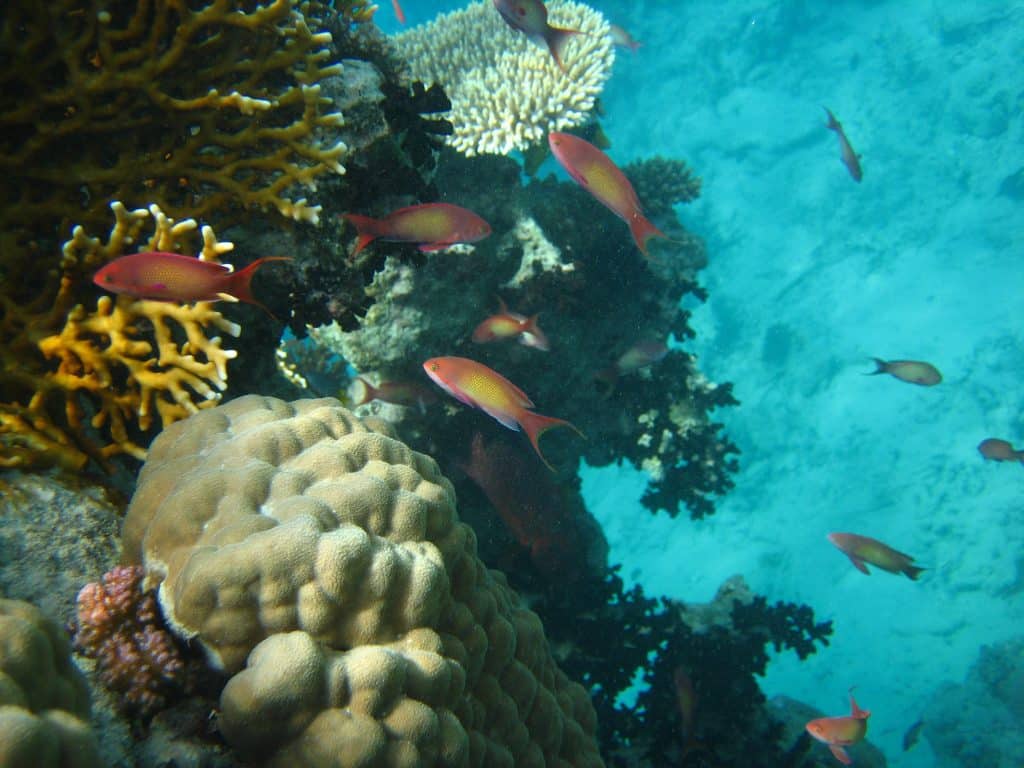
- Titanium dioxide , an ingredient largely used as a physical sunscreen is classified as carcinogenic by the WHO. The particles of titanium oxide are smaller than micro beads, making its dust hazardous to health leaving workers manufacturing this product vulnerable to lung cancer. Furthermore, at the end of its shelf life, nano particles end up in the ocean as our current waste management system is inept at filtering nano particles. Fishes end up eating the particles, and we end up poisoned as we consume fish.

- Phenoxyethanol is an ingredient found in many products, its most famous debut in Kylie Skincare product line, was banned in Palau as it is toxic to the environment and aquatic life.
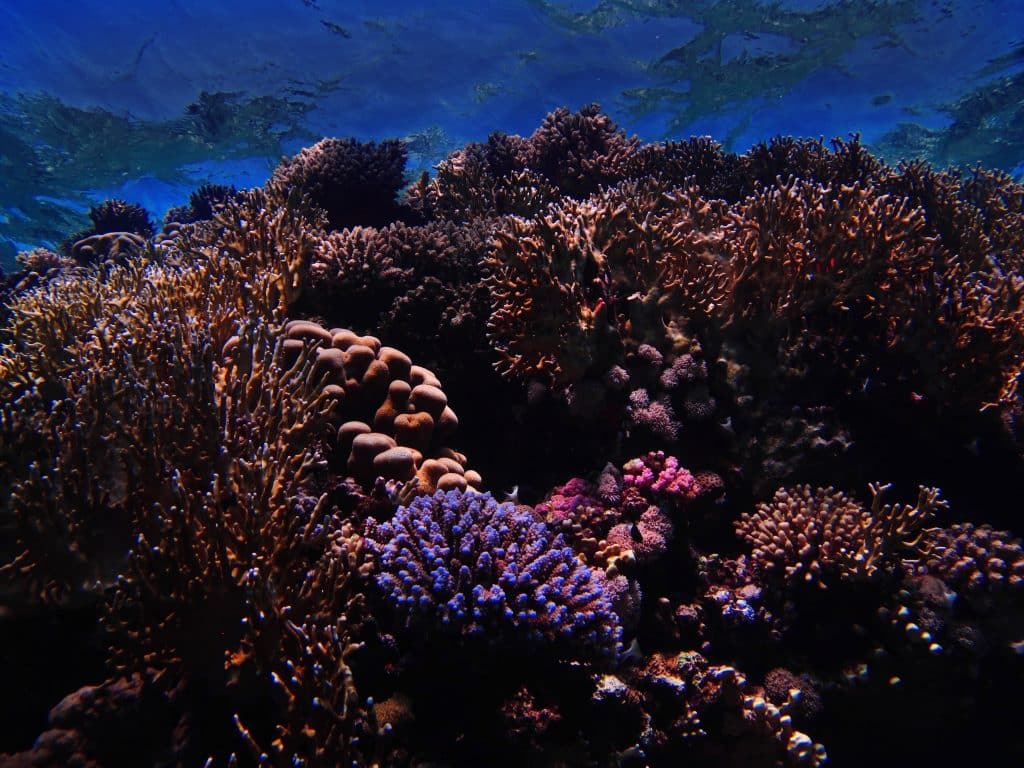
1Source view: 1Source aims to empower consumers with ingredient awareness such that they are able to use our site, scan the ingredients within their household products and determine for themselves if the products are harmful to the livelihood of others
The dream will be to cultivate all products with minimal harmful ingredients such that a cleaner supply chain is built, leading to a more sustainable world. It is crucial that we need to build consumer awareness such that consumers know how to purchase products that do not contain harmful ingredients. Harmful ingredients cause more trouble than its worth, as workers involved in production will reap its negative effects, and at the end of the shelf live, should the product containing toxic ingredients is disposed inappropriately, the harmful ingredients will find its way back to harm the environment, and in a matter of time, us.

